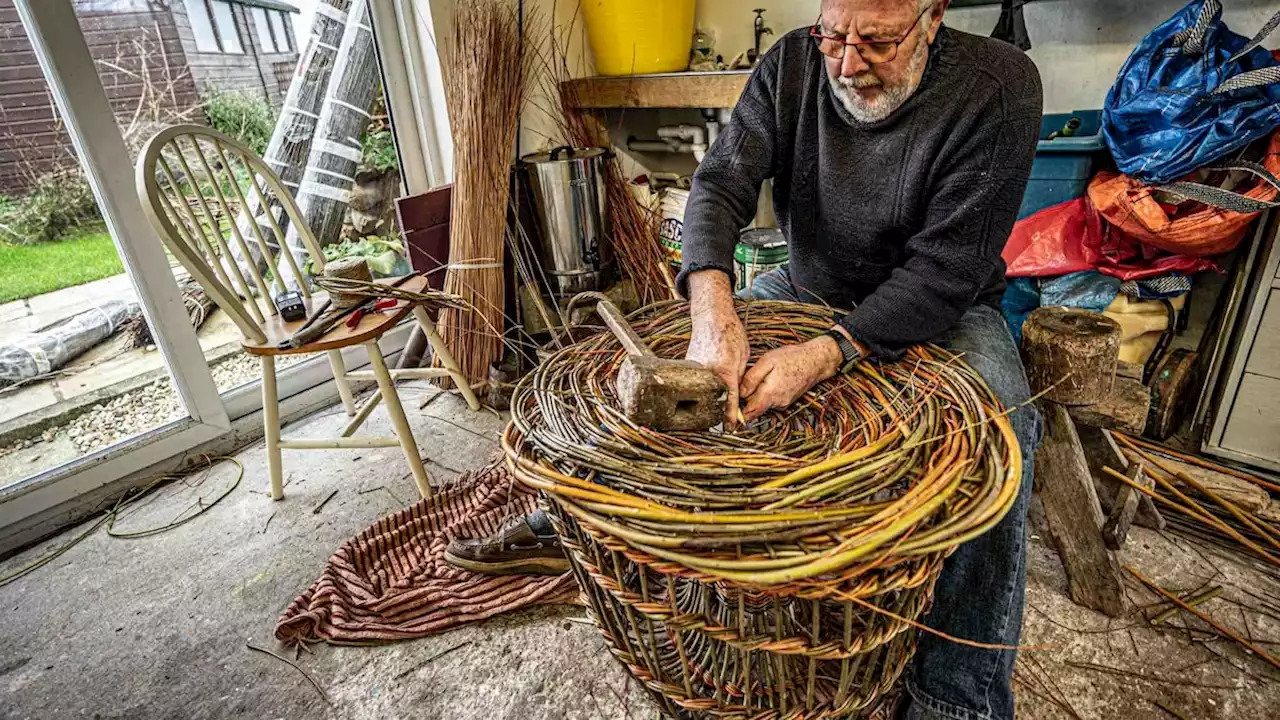For generations, fishermen in Devon and Cornwall caught lobsters in woven pots. Can tourism sustain the craft’s revival?
, says Pawlyn, about the same time that Hope Cove records first mention lobster fishing. However, Pawlyn believes withy pots go back much farther and are old enough “to simply be considered a ‘traditional craft.’”
Fishing gear is piled high outside the workshop, which doubles as a storehouse for her fisherman husband. Inside, surrounded by towers of fishing gear, Morgan shows me how to make a withy pot. She bends 6- or 7-foot willow sticks around a “jig” that keeps the sticks in place while a top funnel is made. More willow is used to ring the pot horizontally, and a base of willow is secured to the bottom.
The practice differs slightly from village to village. Some pots are larger; some are flatter on top. The weave may be more intricate. These distinctions make them easy to identify when they wash up on shore, but they all share the same basic design: a baited pot lures a lobster in through a narrow funnel, which prevents them from crawling back out.Please be respectful of copyright. Unauthorized use is prohibited.
